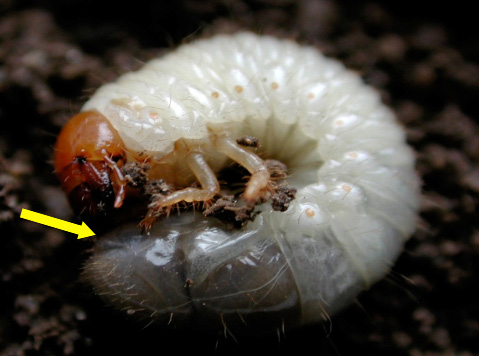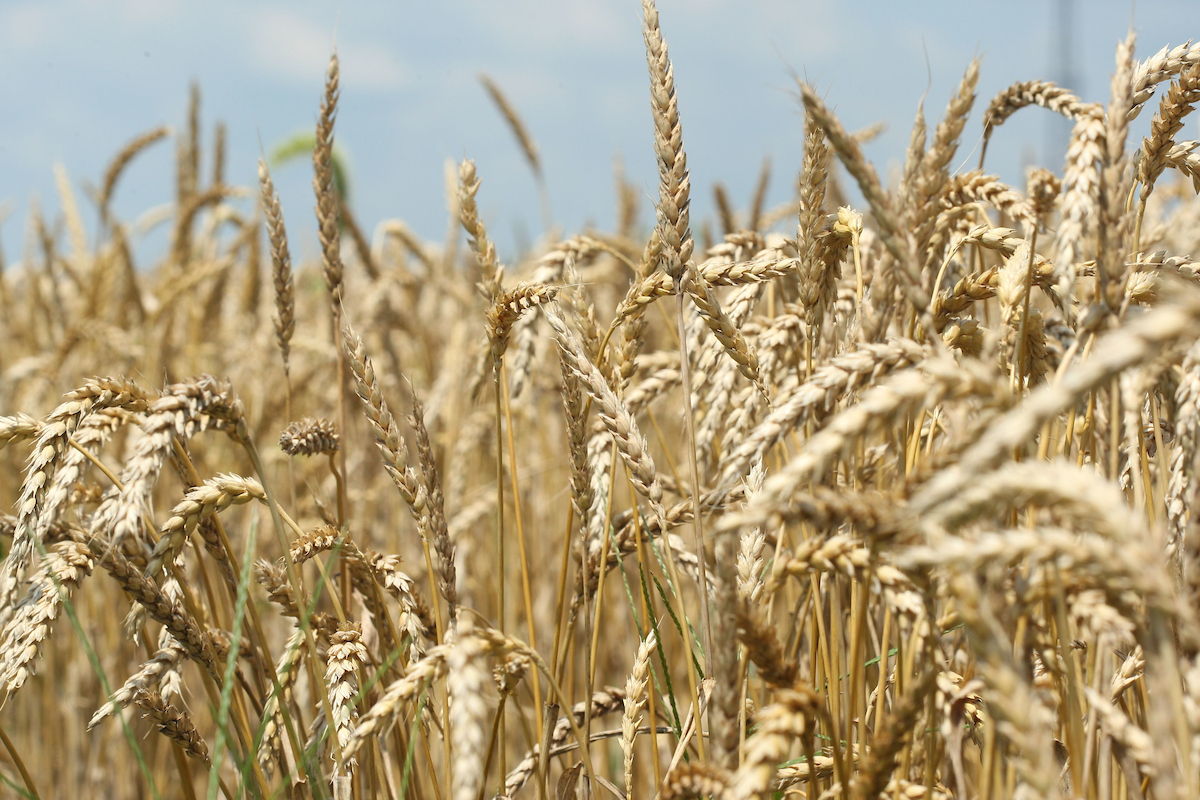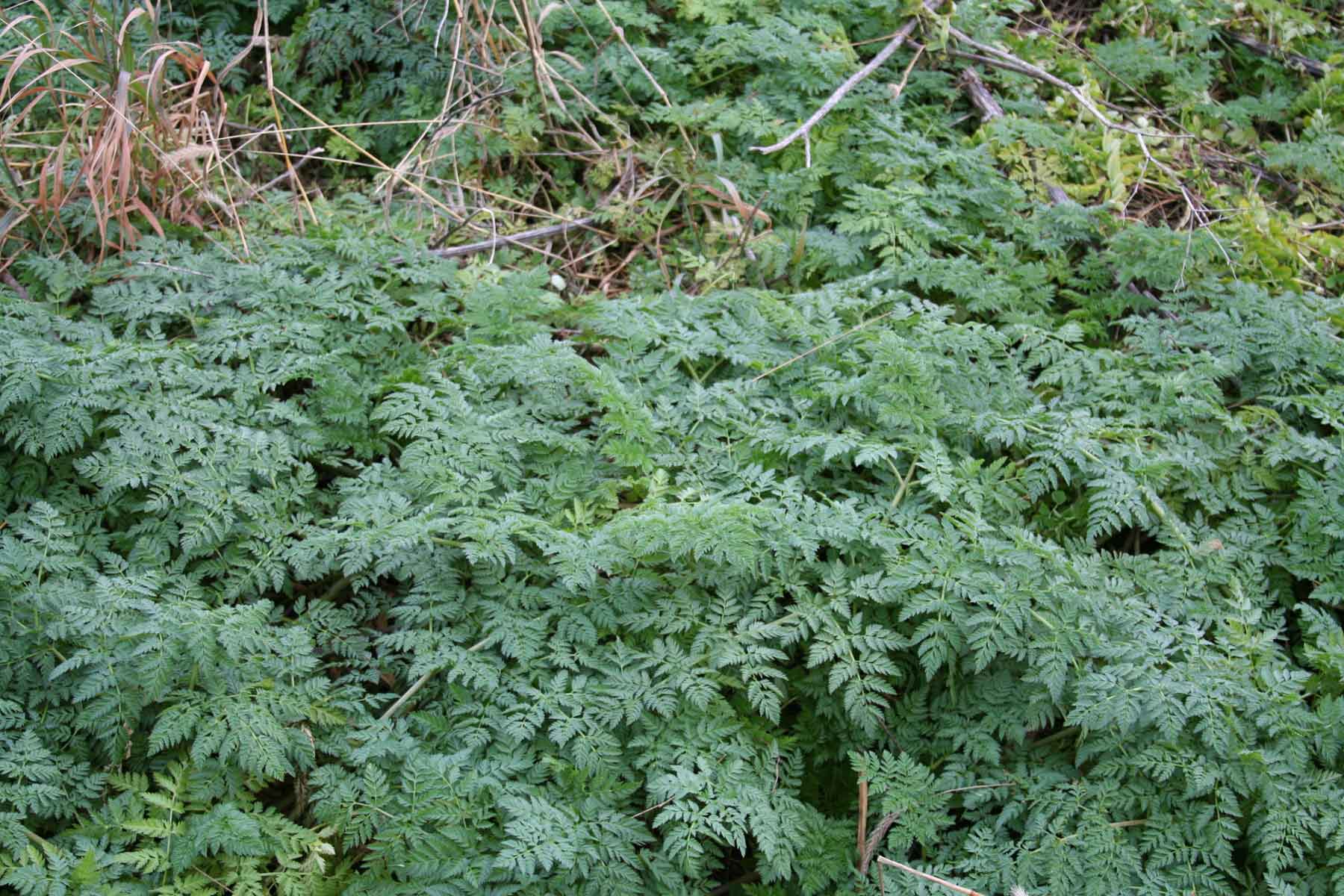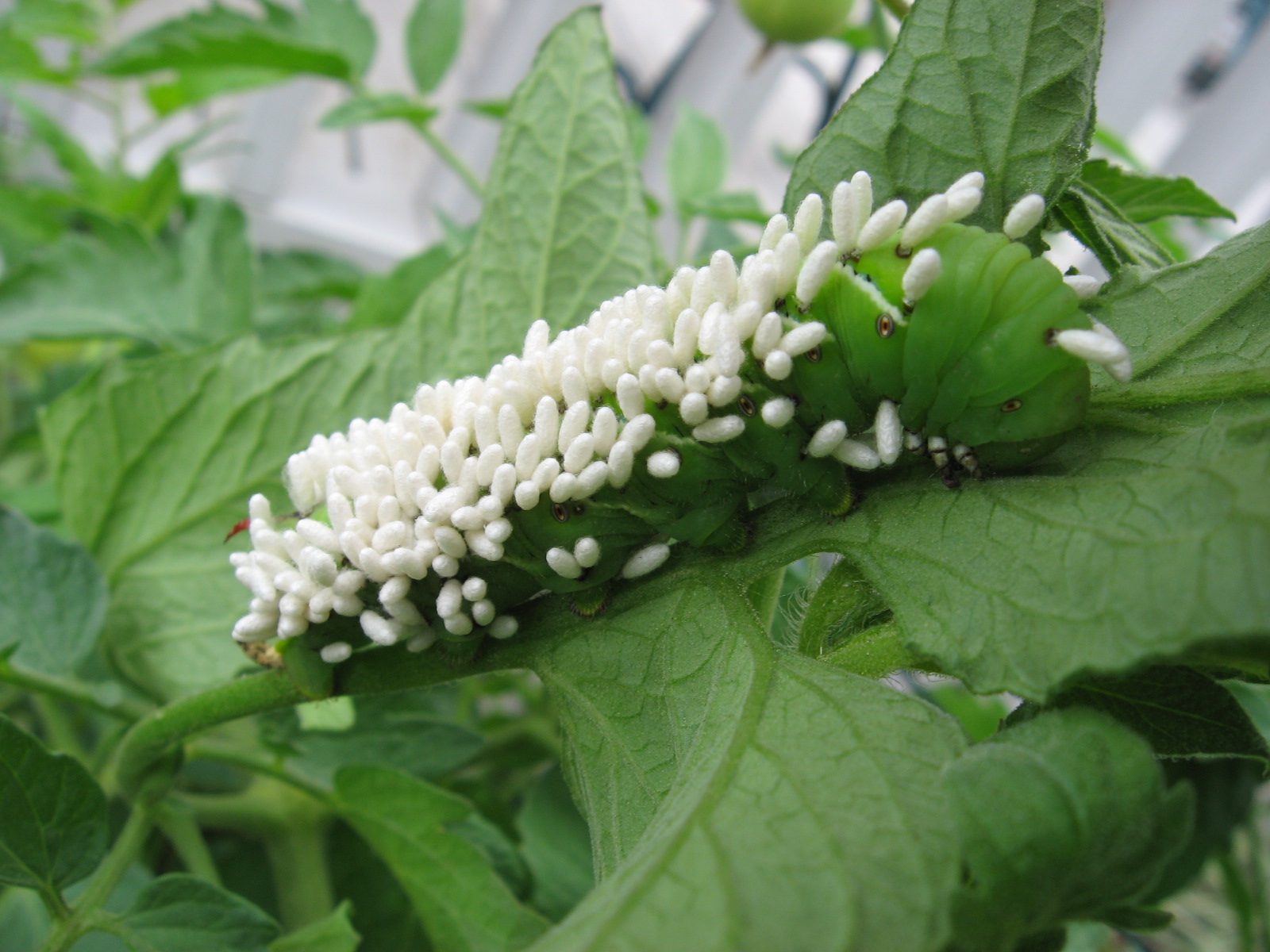Cloudy, Wet Weather May Increase Disease Pressure

What a difference a few weeks makes! One month ago, we were in the middle of a hot and dry summer with little rain in sight, but since then precipitation has been steady and crops and vegetables have grown exponentially. Rainfall this time of year is almost always something to be thankful for; however, it does add one more thing for farmers and gardeners to scout for: diseases.
Plant pathologists will tell us that there are three things needed for a plant disease to occur: First, a susceptible host (or the plant) which is always present during the growing season. Second, a viable disease in the surrounding area. Third, a favorable environment, which we have during humid, wet, cloudy days. Think of where and when you would suspect to find a mold or fungus: in a dark, wet area that gets little air circulation, which is similar to the environments in some of our corn and soybean fields and crowded gardens right now.
When scouting for the presence of plant diseases, there are a few questions to ask. First, is there a pattern to the symptoms? Many diseases will cause random, irregular patterns, which likely means we are dealing with a biotic problem such as a fungi, bacteria, insect, or some other living thing. Abiotic disorders, such as drought stress, nutrient deficiency, overly saturated soils, or herbicide injury often appear in a pattern that you can follow along with in an area.
Another factor is noticing what plants are affected. If a certain plant species is the only thing showing symptoms, this may narrow it down to a disease as well, as if it were something that was biotic, other nearby vegetation would likely be affected as well. For example, though the symptoms may look similar, you might be able to eliminate the possibility of herbicide drift along the edge of a soybean field if all of the other plants in roadside appear unaffected.
To keep up with field crop plant diseases as they appear, as well as help with identification and control, consider visiting Purdue’s Field Crop Pathology website at: https://extension.purdue.edu/fieldcroppathology/ Gardening information can be found on Purdue’s Consumer Horticulture website: https://www.purdue.edu/hla/sites/yardandgarden/ For inquiries, feel free to contact the Purdue Extension White County Office at 219-984-5115 or e-mail me at awestfal@purdue.edu Plant samples can also be submitted to Purdue’s Plant and Pest Diagnostic Laboratory for problem identification and control recommendations for a small fee of $11. Information on the laboratory can be found here: https://ag.purdue.edu/btny/ppdl





